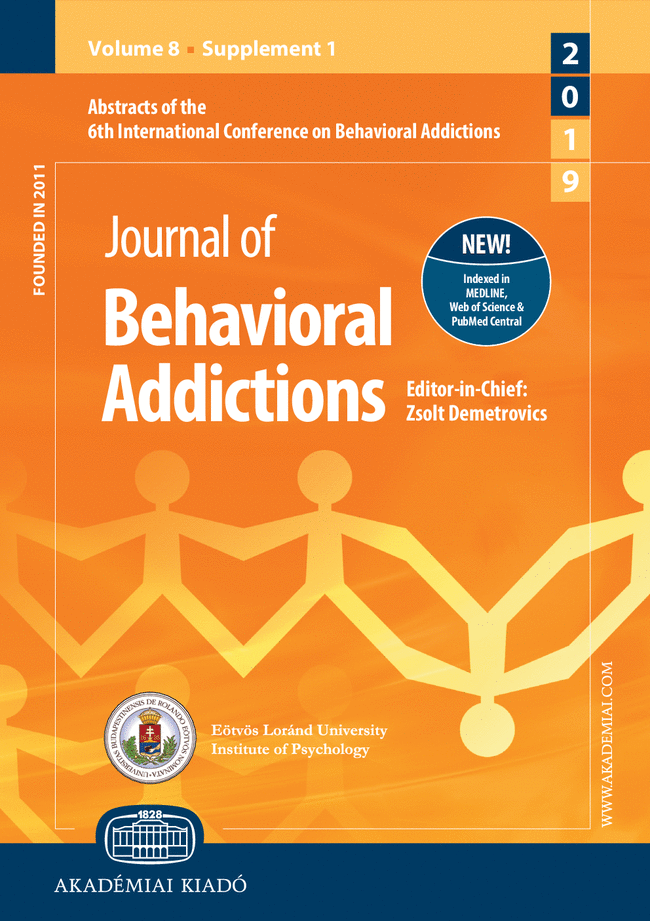Compulsive sexual behavior disorder in obsessive–compulsive disorder: Prevalence and associated comorbidity
Compulsive sexual behavior disorder in obsessive–compulsive disorder: Prevalence and associated comorbidity
Author(s): Johannes Fuss, Peer Briken, Dan J. Stein, Christine LochnerSubject(s): Behaviorism
Published by: Akadémiai Kiadó
Keywords: hypersexuality; hypersexual disorder; behavioral addictions; compulsivity; impulsivity; compulsive sexual behavior disorder
Summary/Abstract: Background and aims. Compulsive sexual behavior disorder (CSBD) will be included in ICD-11 as an impulse-control disorder. CSBD also shares clinical features with obsessive–compulsive spectrum disorders (OCSDs) and behavioral addictions. There has been relatively little systematic investigation of CSBD in obsessive–compulsive disorder (OCD), the paradigmatic compulsive disorder. We aimed to determine prevalence of CSBD in OCD, and its associated sociodemographic and clinical features, including associated comorbidity, to learn more about the nature of CSBD. Methods. Adult outpatients with current OCD (N = 539) participated in this study. The Structured Clinical Interview for OCSDs was used to diagnose OCSDs (Tourette’s syndrome, compulsive shopping, pathological gambling, kleptomania, pyromania, intermittent explosive disorder, self-injurious behavior, and CSBD). Prevalence rates of OCSDs in male versus female patients as well as comorbid disorders in OCD patients with and without CSBD were compared. Results. Lifetime prevalence of CSBD was 5.6% in patients with current OCD and significantly higher in men than women. OCD patients with and without CSBD were similar in terms of age, age of onset of OCD, present OCD illness severity, as well as educational background. Lifetime prevalence rates of several mood, obsessive–compulsive, and impulse-control disorders were considerably elevated in patients with lifetime CSBD. Discussion and conclusions. A substantive number of OCD patients suffered from CSBD. CSBD in OCD was more likely comorbid with other mood, obsessive–compulsive, and impulse-control disorders, but not with disorders due to substance use or addictive behaviors. This finding supports conceptualization of CSBD as a compulsive–impulsive disorder.
Journal: Journal of Behavioral Addictions
- Issue Year: 8/2019
- Issue No: 2
- Page Range: 242-248
- Page Count: 7
- Language: English

